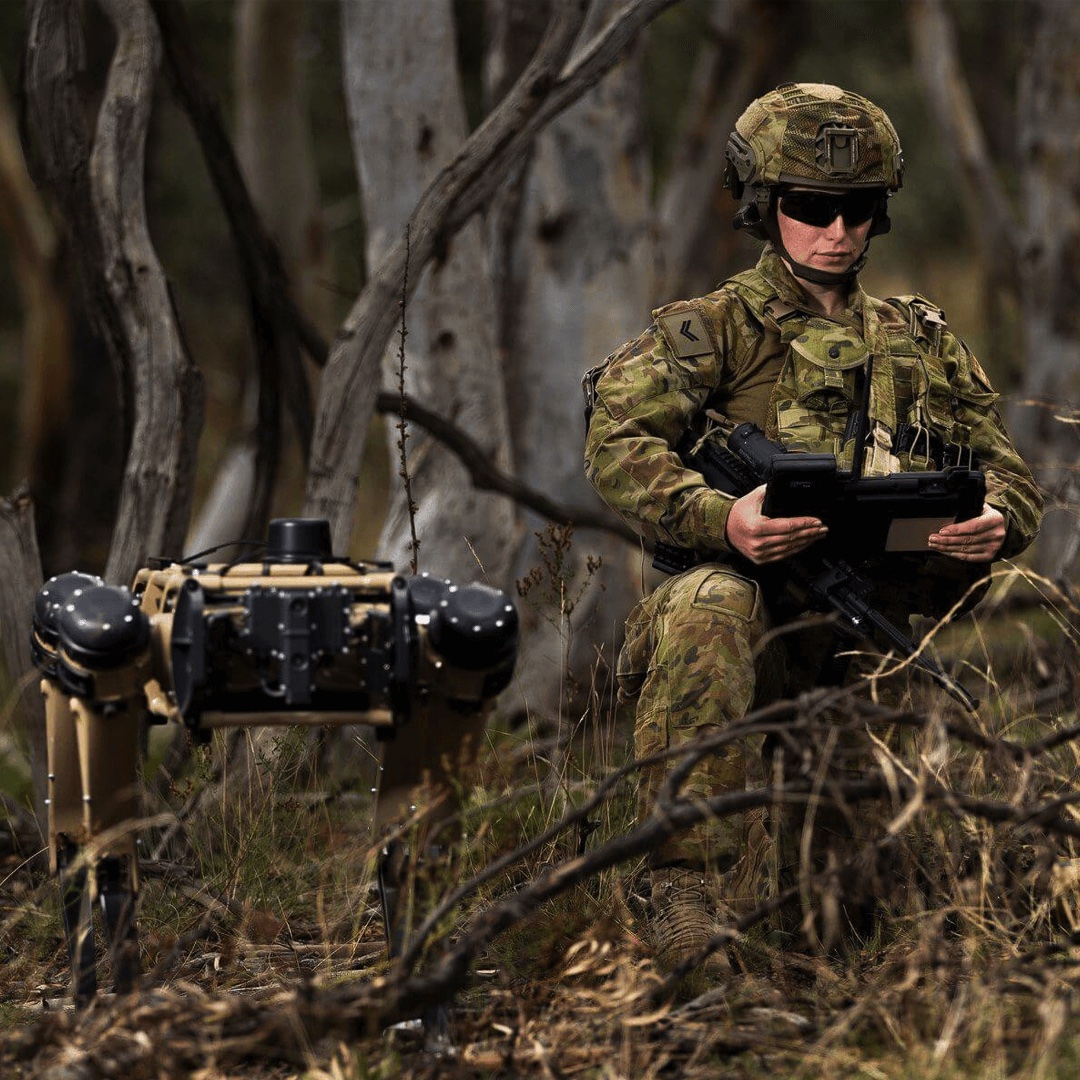Power Ministry and the Central Electricity Authority (CEA) is expected to deliberate with the Forum of Regulators to establish a mechanism for creating a predictable long-term roadmap for generating revenues by monetising brownfield transmission projects with States.
The development is part of a high-level workshop organised by the CEA on monetising transmission assets. Representatives from 24 States and Union Territories participated in the day-long deliberations.
Identifying private sector participation as “critical” in enhancing power infrastructure, the workshop emphasised that they should be encouraged to invest in transmission sector.
The Forum of Regulators may be approached to seek guidance on providing a uniform approach for monetisation of state transmission projects that belong to the Regulated Tariff Mechanism (RTM) asset category, it was suggested.
Siddartha Ramakanth Keshavadasu, Associate Director Power Sector Advisory at Nangia & Co, said the roadmap emphasises piloting monetisation initiatives, developing model bidding documents, and exploring tradable transmission rights to improve congestion management and planning.
“However, the document lacks operational examples or pilot case studies to enhance stakeholder confidence. Demonstrations before implementation and stronger Central-State coordination are needed. While GNA Regulations have advanced planning and congestion management, introducing tradable physical and financial transmission rights could further enhance market maturity. Additionally, leveraging technology for asset optimisation and post-monetisation monitoring is vital for modernising India’s transmission network,” he added.
Monetising transmission
During the workshop, it was informed that investors have emphasised on certainty and transparency around bid process and certainty of revenues as key value drivers.
The thrust on monetising brownfield projects is based on the rationale that such assets offer less risky and more attractive way for private investment.
It was suggested that as bulk of state’s assets belong to the regulated assets category, RTM, which are controlled by the parent entity’s balance sheet and not under separate SPVs, monetisation for such assets may require a scheme of arrangement/ demerger
Here, demerger can create associated transaction overheads such as continuation of tax holiday on assets, capital gains tax, stamp duty etc, due to asset transfer.
A way forward to deal with this issue, states recommended, was that the Forum of Regulators, in consultation with the Ministry/ CEA, develop a process to derive predictable long term revenues from monetisation of transmission assets that are presently owned by State transmission companies (RTM assets).
States also suggested approaching the Finance Ministry for clarity regarding tax-implication on these assets.
To encourage private sector, it was suggested that issues like bid process certainty, high level preparedness for consultations with regulators, treatment of pre-existing litigations related to transferred assets, treatment of existing human resource and associated costs directly connected to the transferred asset and payment security are critical.
From the perspective of investors, it was suggested that expected revenues to private investors should be predictable through the monetisation/ concession term
A robust payment security mechanism at the state level is the cornerstone for bankability. On this, the CEA in consultation with Power Ministry, will meet with National Investment and Infrastructure Fund (NIIF) and selected states.
Besides, high quality technical, financial and legal diligence of the assets and information made available to investors at bidding stage were other key recommendations.
Department of Economic Affairs (DEA) will be consulted on developing a clear view on any tax implication in the monetisation process at the time of demerger or time of concession award or the return of assets.
Borrowing from experience in other countries, it was suggested that acceptability of monetisation would increase if it is preceded by a well-structured and articulated asset recycling programme.
Like New South Wales (Australia), states can consider setting up a ring-fenced fund for a structured recycling programme to help overcome public apprehension of monetisation and to leverage funds for new infrastructure investments.
Rationale
According to the CEA’s National Electricity Plan 2023-32, about ₹9.16 lakh crore would be required for creation of new transmission infrastructure during 2023-32, of which, more than 30 per cent will be required at the intra-State level.
Centre or the states have been investing heavily in infrastructure, but given the other social and economic needs, it may not be feasible for them to continue this high level of public financing. It is here that the private sector’s participation becomes critical.
The centre’s view is that there is limited experience in monetisation of transmission sector, but states can adopt learnings from monetisation models in other infrastructure sectors, such as toll-operate-transfer (TOT) model in highways and experience of monetisation of operating non-metro airports.







Leave a Comment